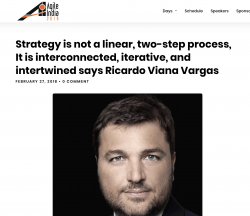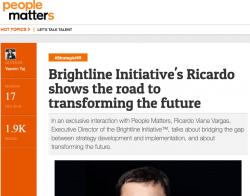Take note: A great idea is not enough for your start-up to succeed
Having a great idea isn’t everything. It takes work—not to mention guts, patience, dedication, and grit—to transform an idea into a viable business. Yet, founders can be blinded by excitement for ideas they’re passionate about. A common mistake of start-ups is adopting a way of thinking that says if you have a great idea, you have everything. Perhaps that’s one reason why only about one out of every 10 start-ups actually make it, while the other nine fail.










